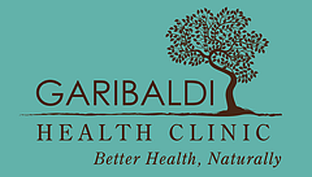The Common Cold
A virus is a submicroscopic parasite that can reproduce only within the cells of a living organism. Of the countless viruses on Earth, rhinoviruses – the primary cause of the common cold – are the type which most frequently infects humans.
How common is the common cold? Each year there are over a billion cases in North America alone. The incidence of colds is highest in autumn and winter, which may correlate with more time spent indoors. Winter air can also lower the temperature of the nasal passages to the 33-35°C range in which rhinoviruses multiply.
Transmission of cold viruses occurs via respiratory droplets and, more frequently, from contaminated surfaces. The mucous membranes of the eyes and nose are a receptive environment for viruses, so touching the face greatly increases the chance of infection. Wash your hands frequently, especially if you’ve been in public places such as washrooms, stores or public transit.
A rhinovirus will attach to receptors in the nose within fifteen minutes of entering the upper respiratory tract, and over 50% of people will experience cold symptoms within two days of infection. Symptoms include runny nose, nasal congestion, sore throat, cough and sneezing. Headache, fatigue, swollen lymph nodes in the head/neck, plugged ears, muscle aches and loss of appetite are also common. Infectiousness is highest in the first three days and symptoms usually disappear within one to two weeks.
Conventional treatments include antihistamines, decongestants and anti-inflammatory medications. These drugs may reduce symptoms but do not shorten the duration of the virus and may produce a range of side effects, including drowsiness, sleep disturbance and digestive complaints. There is no cold vaccine and antibiotics have no effect.
There are, however, other ways to help reduce the severity and duration of cold symptoms. Protein-rich foods such as fish, seeds and legumes bolster the immune system, and fluids help create a less hospitable environment for the virus. Fruits and vegetables provide vitamin C, which has both antiviral and antihistamine properties. Dairy products, on the other hand, create mucous – the perfect environment for a virus – and should thus be avoided, along with refined sugars.
Light exercise during a cold can help flush pathogens from the body. Vitamin A and zinc inhibit viral reproduction and boost the body’s defences. Many herbs may reduce symptoms, including echinacea, goldenseal, oil of oregano and ginseng.
The best defence against the common cold is prevention. Eat a balanced diet, avoid tobacco and limit alcohol intake. Reduce stress through yoga, meditation and regular exercise, and be sure to get plenty of sleep each night. Avoidance of allergenic foods may also reduce the incidence of colds.
For anyone in good physical condition an occasional cold is more an annoyance than a serious health concern. Whenever the immune system battles a virus it produces antibodies to combat that particular viral strain. The next time you encounter the virus, your body will be much better able to fight it off.
©Dr. Gordon, 2012.

